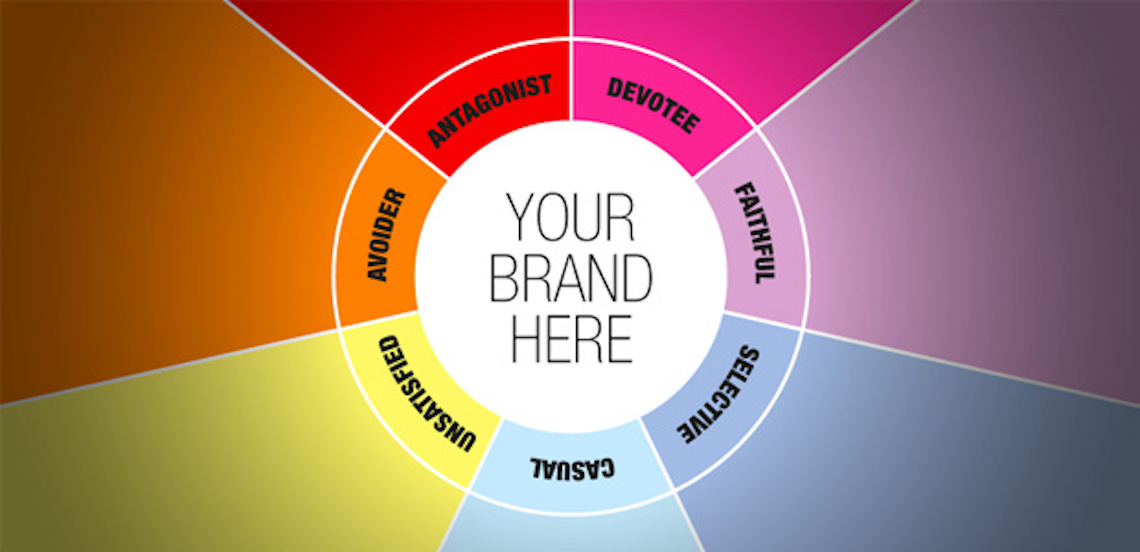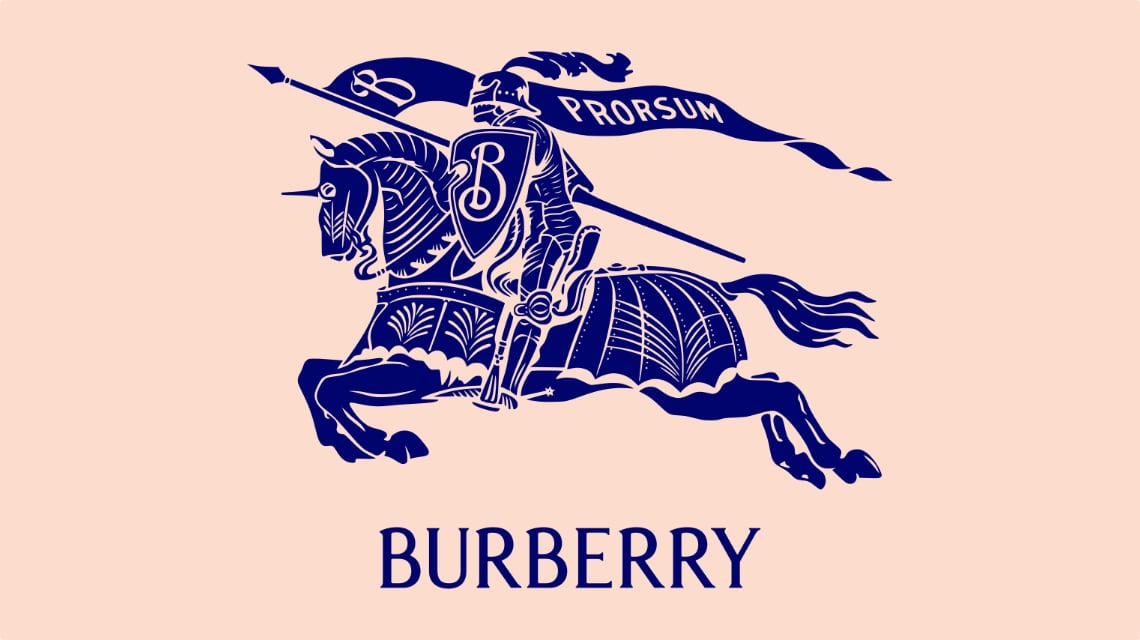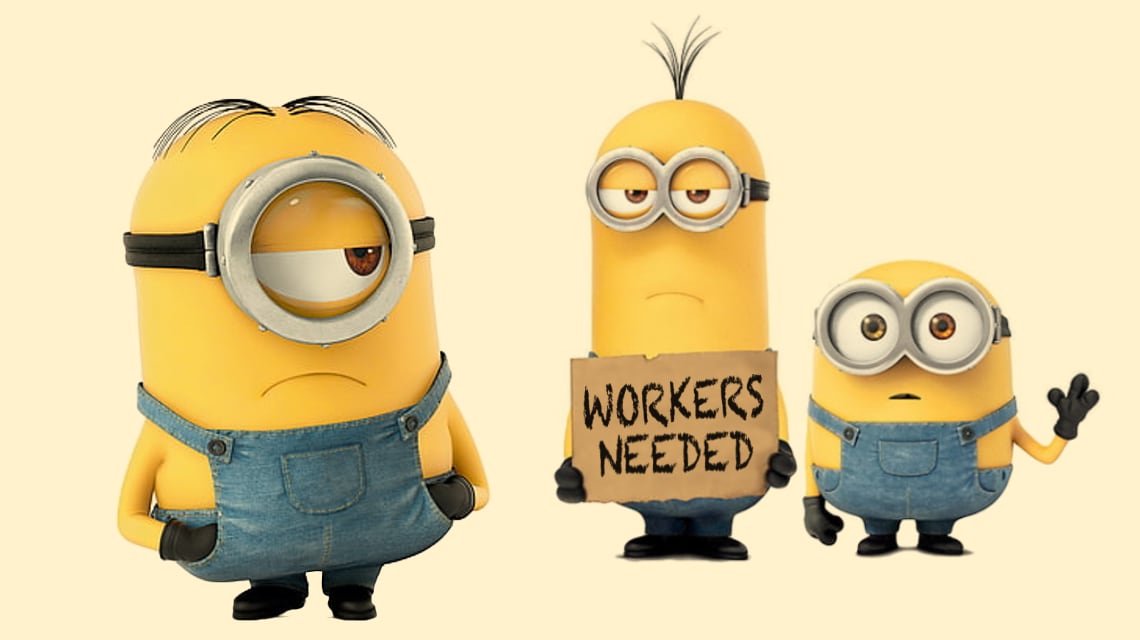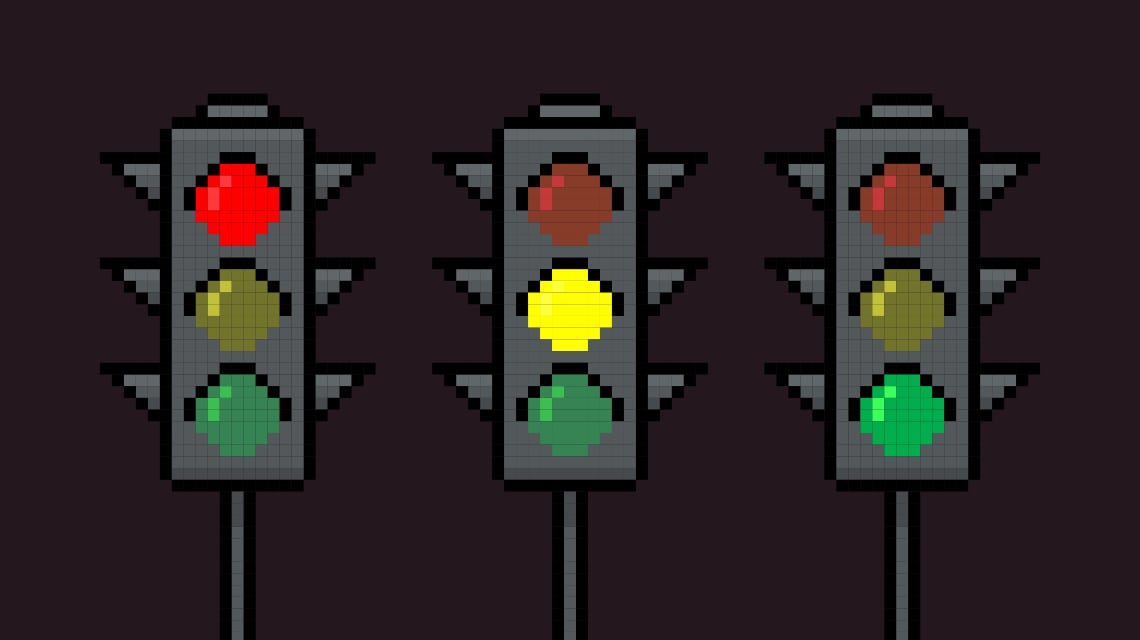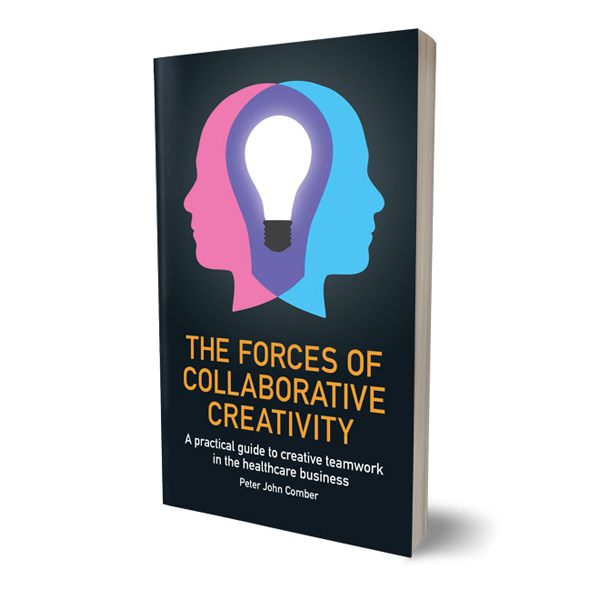Coping with Attitudes.
An individual’s attitude to a brand seriously affects their perception of everything that the brand does, the Brand Relationship Scale is a framework for considering different common customer attitudes.
We human beings are not particularly proficient at comprehending complexity. Part of my job is to devise useful ways for businesses to explore and discuss complexity. The Brand Relationship Scale is one of the tools I have devised and it is based on seven definitions of common attitudes that individuals have towards a brand:
Devotee - an individual with a strong emotional connection to the brand, sometimes with elements of nostalgia;
Faithful - an individual with a weak emotional connection but a strong functional connection, the brand is part of their lives, the use of the brand is habitual but the person doesn’t think about the brand or interact with it in any meaningful way;
Selective - an individual with a very weak emotional connection and a non-exclusive relationship - the brand is included, together with certain competitors, in a portfolio of brands that rotate in use based on convenience, whim, opportunity;
Casual - an individual with no emotional connection to the brand or any other competitor, the brand they use is entirely random;
Unsatisfied - an individual who uses a brand because they consider it the least worst (or only) option they have - in comparative terms they may like the brand over competitors but in absolute terms, they dislike the brand but just don’t see a viable alternative;
Avoider - an individual with mild negative emotions towards the brand, they will use it if the alternatives are inconvenient or they may even go a little out of their way to choose a competitor (which is part of their selection of brands);
Antagonist - an individual who has strong negative emotions towards the brand, they boycott the brand and are vocal in their criticism of the brand at every opportunity.
Try thinking about your market as a land inhabited by these diverse tribes, dedicate some time, as a team, to describe these tribes. Who are the Devotees of your brand? What are they like? Why do they have this attitude to your brand? What drives them, what connections do they have to your brand? What is the relative size of each tribe?
Then do the exercise again, thinking of your entire category, note the differences, think about the areas where your brand excels or is lacking. Remember that competitor is not synonymous with category, especially for the Casuals, the Unsatisfieds and the Avoiders the competition could be (or arrive in the future from) outside your category.
When you need to evaluate something important, try a variant of De Bono’s Six Thinking Hats. Ask colleagues to assume and act out the attitudes of the seven tribes you have defined in detail to provide different attitudinal perspectives on the decision. Think about how each attitude might react to what you do or plan to do.
Promoting a brand today is less about a single big idea and more about lots of smaller ideas that are hyper-targeted, employing tailored ads that are specific to the context of the channel they live within. The Brand Relationship Scale can be very useful when planning these kinds of tactics - ask how a certain attitude would react to a specific hyper-targeted tactic or challenge your team to create tactics for a specific attitude. Think of ways to move your customers along the scale. If you are using machine learning to identify patterns in customer behaviour see if you can link any of the actions to attitudes, it might reveal more patterns and useful information.
Never lose sight of the Antagonists. It’s easy to write them off as lost and yes, it is highly unlikely that you can lure them back as customers but it would be negligent to not attempt to defuse their anger and energy. Antagonists are influencers equally as much as Devotees, if not more so and their peer-influence is toxic for your brand. Negative reviews, social media trolling and even dedicated anti-(insert-your-brand-here) websites Antagonists are relentless. You may find that many of your brand Antagonists are ex-customers, some of them ex-Devotees (Hyper-Antagonists!). Understand them and you will be better able to avoid providing them with fresh ammunition that they can negatively distort to influence others. Understand them and you may be able to avoid creating fresh Antagonists.
Finally, if you are interested in adopting The Brand Relationship Scale in some way, remember that as it is a tool for developing empathy a good way to start is to flip-it and explore your own personal attitudes to different brands along the scale. It’s a good way to introduce it to a team, once they have considered their own attitudes to brands it can be easier to imagine different individual attitudes towards your brand. Just for fun, here is my Brand Relationship Scale.
Devotee: The BBC - because it’s always been part of my life, I trust it as a news source and as an expat its entertainment re-connects me to my country of origin.
Faithful: Colgate Blue Gel toothpaste - for decades I have used this brand multiple times a day, every day, on the rare occasion I’ve brushed my teeth with something else it has been terrible, the name and formula has evolved over time (mildly traumatic) but I have never visited the Colgate website or connected with the brand in any way.
Selective: Nike, Adidas, Salomon and Haglofs - I love sneakers, but I tend to consider only certain brands, because of their brand image, their comfort/materials and style.
Casual: Beer - I don’t drink a lot of beer and when I do, I have whatever is available;
Unsatisfied: Vodafone - I consider all mobile service brands to be pretty terrible, every Friday for a year Vodafone has sent me a text message inviting me to join their community and loyalty awards scheme which I delete without reading, I once invested some time on their app and their website trying to find a way to opt-out of notifications… it’s not an option.
Avoider: EasyJet - a brand that seems to take perverse pride in treating customers poorly, if there is an alternative it is always more expensive but I take it, unfortunately, there are routes and flight times where they are the only option.
Antagonist: Amazon - I hate the way they treat their employees, I am appalled by the consequences of their impact on the publishing business, I am terrified of the tentacular power they have accumulated.
